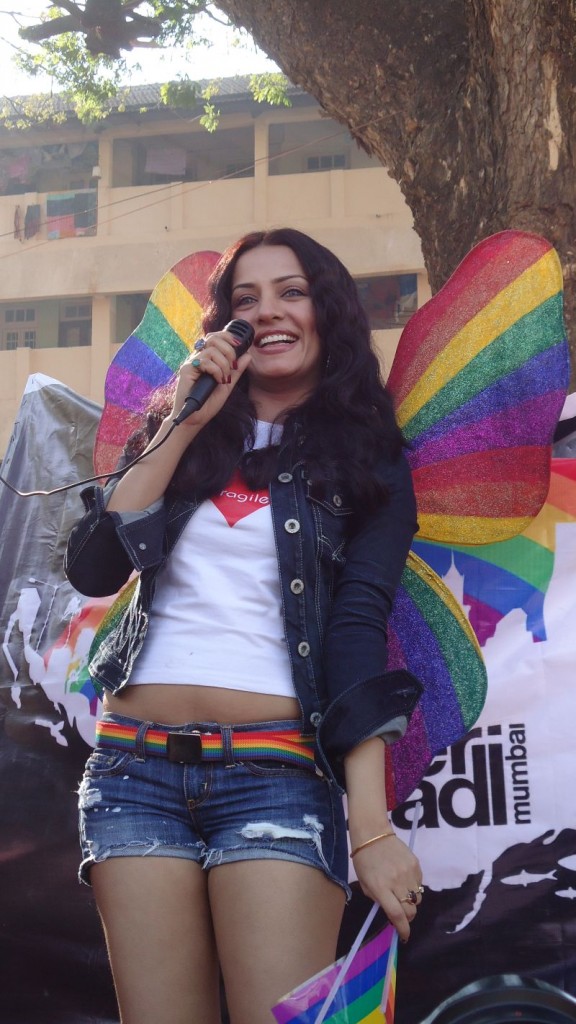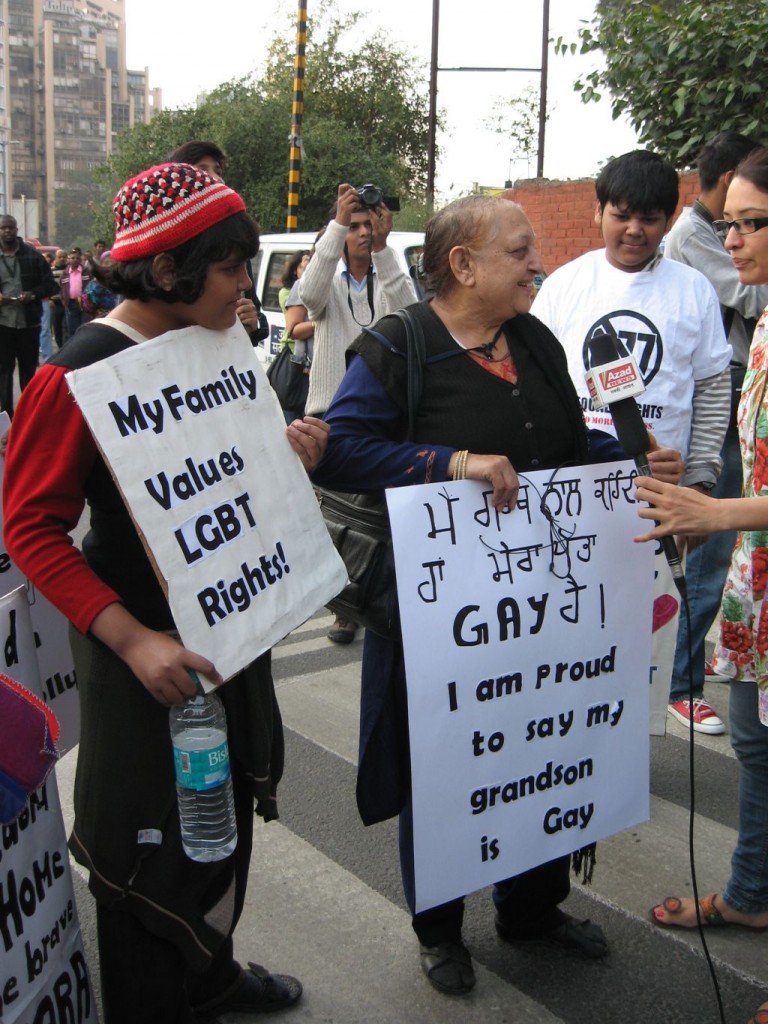The City
I visited Bhopal for the first time with a friend, and I really loved the place, especially the way Madhya Pradesh Tourism Department has organized tourism in the state. There was a small issue with the hotel booking, but it was fine in the end. We stayed at Ranjeet Hotel near the railway station. The hotel was nice for the amount I paid, but when I had tried to book it over the phone from Varanasi, they told me there were no rooms available. We reached Bhopal around 10:30 PM without any booking, but since we already knew about Ranjeet Hotel, we decided to take a chance and show up there. Surprisingly, even though they had told me earlier that no rooms were available, they still gave us one. Strange, but definitely good for us.
Bada Lake
We had one important purpose in Bhopal, which was to visit Chingari Trust to learn about their work. We managed to do that the very next day after arriving. With plenty of time left, we decided to explore the city. On the suggestion of the people working at Chingari Trust, we went to see the two famous lakes of Bhopal: Bada Talab and Chhota Talab. Both were wonderful, clean, and offered several options for water sports. Chhota Talab is separated from Bada Talab by an over-bridge. We didn’t try any sports but enjoyed walking around and soaking in the calm atmosphere.
Beautiful Kids at the Mosque
After visiting the lakes, we took an auto rickshaw back to the hotel. On the way, I asked the driver if there was any other interesting place nearby. He suggested the Darul Uloom Taj-ul-Masjid. I had already read about this mosque and wanted to see it, so we decided to visit before returning to the hotel. It turned out to be one of the best experiences in Bhopal. The mosque was grand and beautiful, and it is considered one of the largest mosques in Asia. Unlike many mosques in India, this one allows women, non-Muslims, and foreigners to enter, which I found very welcoming.
Meeting a Student
Inside the mosque, there is an Islamic school. I met a very nice student who showed me around. He shared his life story and even took me to his room. He told me that he had studied up to Class 12 in a regular school, but afterward, he chose to dedicate himself to Islamic studies. He showed me his books, but when I wanted to touch his Quran, he politely stopped me. He explained that since the Quran is the holiest book for Muslims, there is a specific process of purification required before touching it. I was really impressed by his respect for his faith.
We spoke for nearly two hours about many things, including politics and Hindu-Muslim relations. He told me that Islam strictly prohibits creating tensions between communities, so anyone who does it is not a true Muslim, no matter what they claim. I had heard this before, but it was refreshing to meet a young person who truly believed in it. For me, such people represent the real development of India. We exchanged contact information, and I hope to meet him again whenever I return to Bhopal.
Van Vihar National Park
The next day, we visited a small national park called Van Vihar, located near Bada Talab. It was a peaceful and well-maintained place. They had bicycles for rent, battery-operated vehicles, and of course, walking paths. The park was quiet and clean, with a wide variety of animals such as lions, tigers, leopards, deer, bears, hyenas, crocodiles, and monkeys. The animals seemed to be kept in good condition. The park stretches for about seven kilometers from one end to the other. Plastic bags were banned, and it was a no-horn zone, so it felt very different from the usual chaos of Indian cities. At the far end, there was a cafeteria serving snacks. We rented bicycles, explored the park, and really enjoyed the calm environment.
One interesting thing I noticed was the urinal system. They had arranged a separate design for Muslims, since they squat while urinating. It was set up lower to the ground to allow this posture. Despite traveling across India, visiting Muslim friends’ homes, and experiencing many things, I had never seen anything like this before. Bhopal has a large Muslim population, which probably explains the arrangement.
More Sites Nearby
Later, we visited Bhimbetka, famous for its ancient cave paintings, and on the way back, we stopped at the Bhojpur Shiva Temple. The next day, we explored Sanchi, known for its Buddhist stupas. All of these places were fascinating, and I thoroughly enjoyed Madhya Pradesh. The weather was pleasant, the city was green and quiet, the sites were clean, and I never encountered touts.
Honestly, my home state has far better tourism potential than Madhya Pradesh, but because of politics and government negligence, tourism here is rarely given priority. If things continue this way, Madhya Pradesh will soon surpass Uttar Pradesh as a leading tourism destination. Visiting Bhopal and its surroundings was a truly memorable experience.













